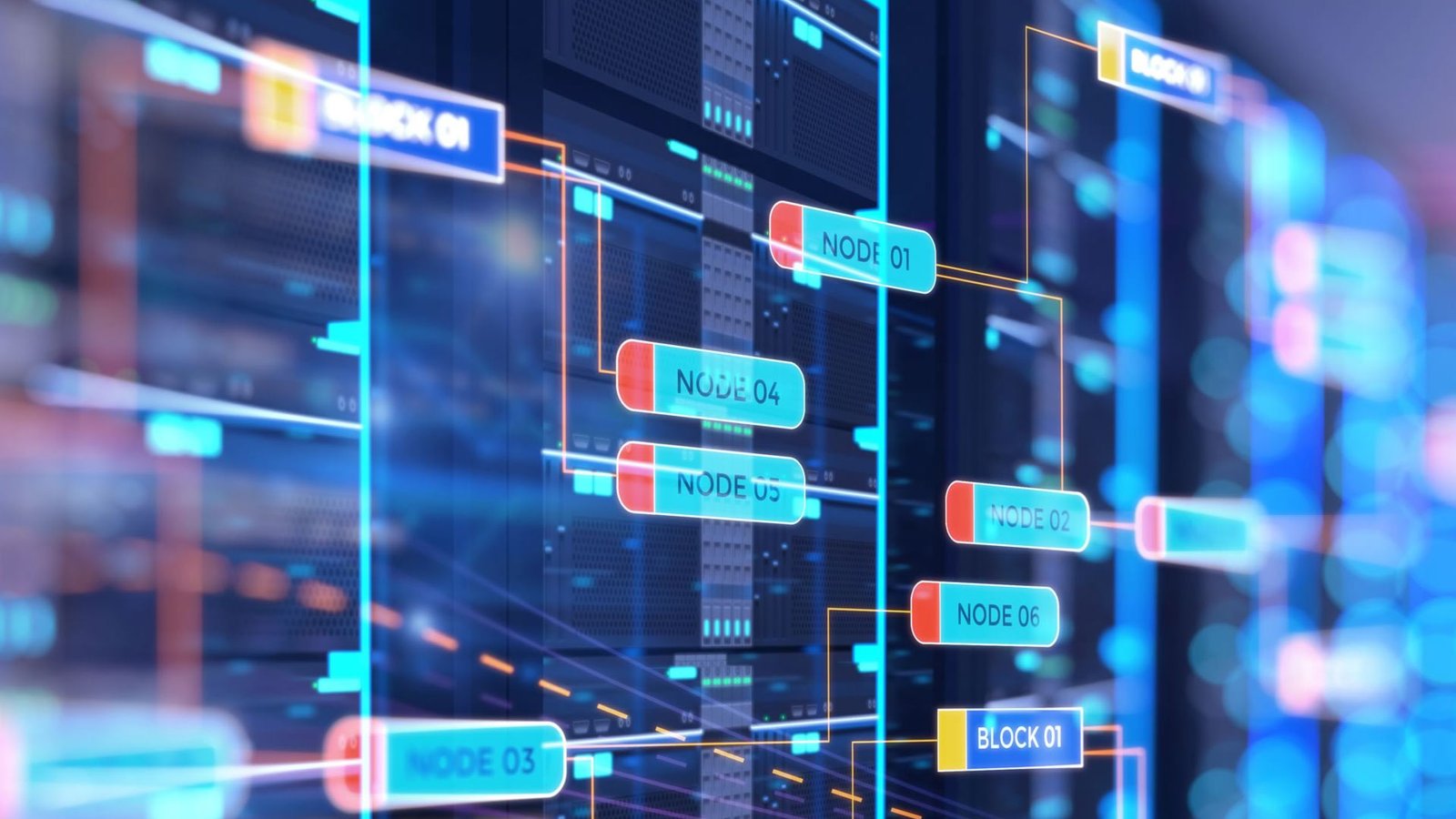OLTP is a mechanism of recording transactions in real time. The stages in the data process mechanism helps in smooth functioning of transactions.
OLTP is a technology that is being relied upon by several organizations and their front desk operations that need tasks to be performed in real-time. It is that category of data processing that is responsible for successfully carrying out transaction-oriented tasks. It is a type of in-memory database management which takes care of addressing simple queries that typically include one or a few database records.
OLTP a.k.a Online Transactional Processing empowers organizations to execute large numbers of database transactions by a vast number of users, online, and in real time.These transactions are short such as insert, update, or delete small amounts of data in the database, which is why its speed of processing queries has to be and is great.
But what is OLTP in all its essence?
Think of transferring money to your mom’s bank account. Let’s say you have $20,000 in your account and you wish to transfer $3000 to your mom’s account.
You will log in to your banks’ application, insert the details of your receiver’s account and input the amount to be transferred.
A simple transaction, that involves two parties and not multiple users, can be performed using OLTP within minutes if not seconds. You will immediately be able to transfer the said amount to your mom’s account without having to involve the bank or its executives or anybody else for that matter.
Now, let’s say you accidentally type in $30,000 instead of $3000, the OLTP will not allow you to make the transaction because the system knows your account has money which is less than the amount to be transferred, hence, making the transaction unexecutable. This is because the OLTP systems are optimized to ensure transactional superiority in all aspects.
There are a large number of concurrent transactions that are processed by OLTP systems on the regular, that they have now become a crucial part of our everyday lives.
Data Processing in OLTP
The data processing with OLTP systems has to be extremely rapid, as it is what decides the efficiency and effectiveness of these systems. The response time is measured in milliseconds and the number of transactions that can be carried out by users in each second. And since the processing is so fast, the data is modified quite frequently in OLTPs.
Some facts on OLTP and its transaction management capabilities are –
- The data that is present in the OLTP database is always organized and quite detailed
- The workloads of OLTP involve a balance of read and write
- The data in OLTPs is operational data, which also means that these systems are the original data source.
- The inserts are typically by end users which is why they are usually short and quick.
- With OLTP systems, organizations need to regularly backup their database to ensure their business continues as usual and also meets all the governance as well as legal requirements.
- OLTPs maintain data integrity by being ACID compliant.
- ACID is the standard set of properties guaranteeing the reliability of database transaction processings.
- The storage space needed by OLTP databases is relatively less when compared to OLAPs.
- The design of OLTP databases is normalized for better efficiency.
- OLPTs are also capable of carrying out transactions in a way that the databases should not deplete the concurrency between different users.
Some examples of OLTP in its element are –
- OLTP and fintech have been working hand in hand for quite some time now. From ATMs to online banking, to credit card payment processing, OLTPs have made a noticeable difference in the fintech arena.
- Ecommerce and online shopping can be carried out in real-time and 24*7 because of OLTPs and its transaction processing capabilities.
- Online ticket booking as well as cash registers utilize OLTP to make the front desk tasks easier and quicker.
- Retail sales as well as order entries
As we move towards an all cloud infrastructure, OLTP workloads are also being shifted to the ecosystem. It will be interesting to see where this new wave of digital transformation will lead the OLTPs to.
For more such updates and perspectives around Digital Innovation, IoT, Data Infrastructure, AI & Cybersecurity, go to AI-Techpark.com.

